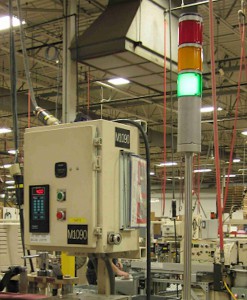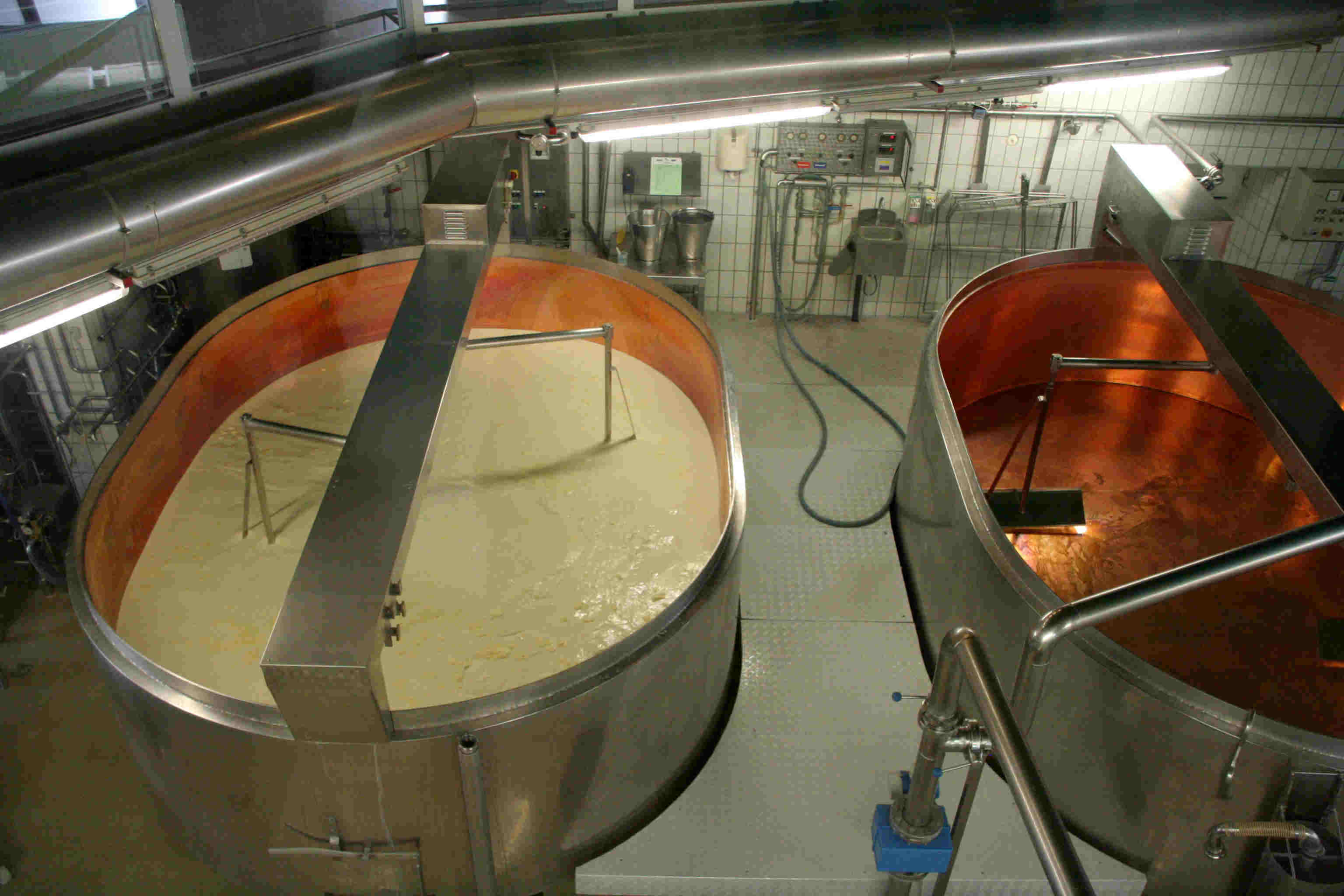Lean Manufacturing
The object of lean manufacturing is to produce a system capable of delivering fast, flexible flow. There is no inventory between processes, so work can only enter the system when there is demand for it to travel through the system to the end. This demand is initiated by the customer.
The manager of a lean plant tries to eliminate the “Three Ms”:
- Muda – non-value added activity. These are wasteful activities which lengthen lead times, cause extra movement e.g. to get parts or tools, create excessive inventory or result in any type of waiting. For more detail see Manufacturing Wastes.
- Muri – overburdening of people or equipment. Pushing people or machinery beyond their natural capabilities. Overburdening people will result in safety and quality problems; overburdening machines causes breakdowns and defects.
- Mura – unevenness. In a traditional manufacturing system there is at times more work to do than the system can absorb, while at other times there is insufficient work. Both these conditions give rise to Muda (waste). In a lean plant efforts are made to level the workload to achieve a comfortable consistency.
Levelling production & schedules (Heijunka)
To level production the mean customer demand for each product must be calculated and the products mixed in the production line in the appropriate proportions. So if the daily demand is for 10 of product A and 4 of product B, the sequence would be A A B A A A B A A B A A A B. This requires the ability to switch between products without interrupting production flow, a capability known as Single Minute Exchange of Dies (SMED).
Takt
The total rate of customer demand determines the rate at which product must be output in order to satisfy that demand. This is called the Takt (from the German for musical tempo) of the production. All processes supplying intermediate assemblies to the final assembly must deliver at this rate. If the Takt rate is exceeded inventory will build up.
Flow
Whenever possible machines and processes should be arranged so that the output of one is immediately the input of the next, i.e. a transfer quantity of one. If this is not possible there must be a mechanism for signalling that the downstream process needs another part. This is called a Kanban, which simply means signal. It may be a card, an empty tray, a marked space on a floor or an electronic signal. The Kanban is sent to the supplying process when a reorder level is reached, capping the total inventory in the overall process.
Where a downstream process makes a variety of products, so might need to input any of a variety of parts, a supermarket is used, which is essentially a number of Kanbans in parallel.
Quality
It is imperative that the lean manufacturer produces very few defective products. In addition to the waste of resources and materials represented by a defective product, if production is geared to customer demand there will be a delayed delivery. The reduction in inventory in lean plants exposes quality deficiencies which must be addressed immediately. Every production operator has authority to stop production if a defect is detected and the line will not restart until the cause of the defect has been identified and remedied. Automated machines will also monitor output and will stop and call for help if they detect something wrong.
One way to reduce the incidence of defects is to use error-proofing (Poka-yoke). There are three levels of error proofing:
- Ensure that no error can be made e.g. design components so that the can only be assembled together in the correct manner;
- Make it difficult to make an error e.g. colour code parts to be fitted together;
- Make it difficult to pass the defect on e.g. have an immediate test for correct assembly if the first two option are not practicable.

An Andon light stack used to signal quality issues at a process. Green indicates that everything is in order; amber that some attention is required (maybe parts running out) but the operation is still functioning correctly; red indicates that a defect has been discovered and the line has been stopped.

Photo © Matthias Kabel / CC-BY-SA-3.0
Process industries
Lean Manufacturing originated in the motor industry and it is easy to see how the concepts and tools are applicable to any other engineering or mechanical assembly operation. But what about, for example, batch chemical production or food processing?
The principles of lean are equally valid in these environments but some thought may be required as to the practical implementation of the principles. There is also a need to pay close attention to by-product and residue streams: these may contain significant inventory holdings which must be treated and converted to something of value as quickly as possible.
There is lots more to learn about lean manufacturing. Please get in touch.